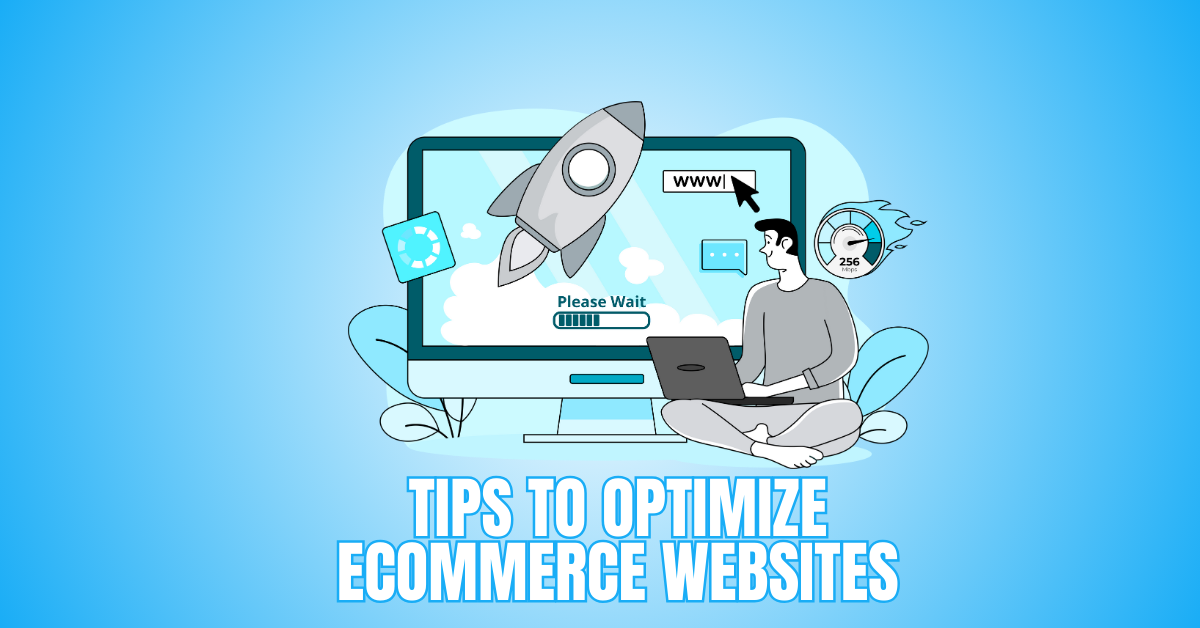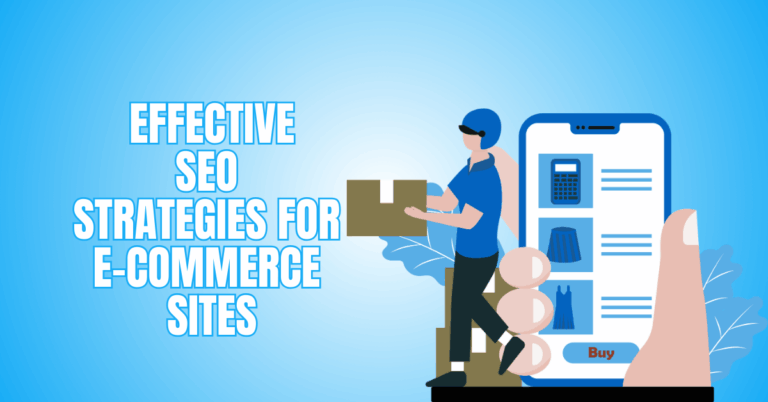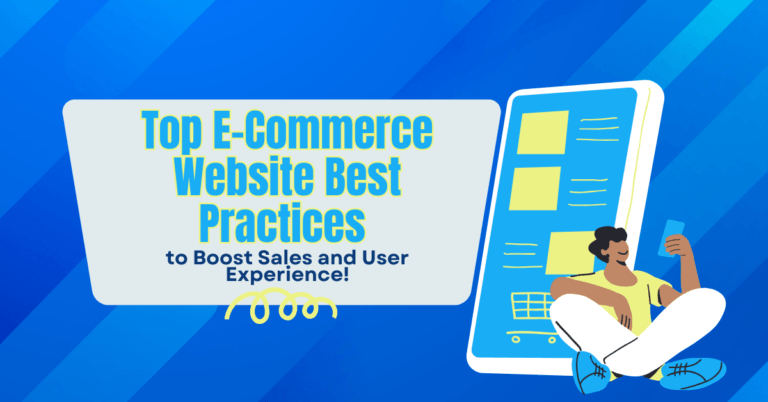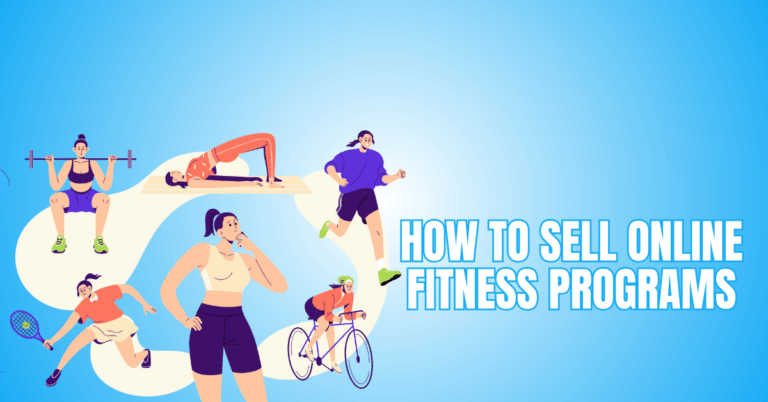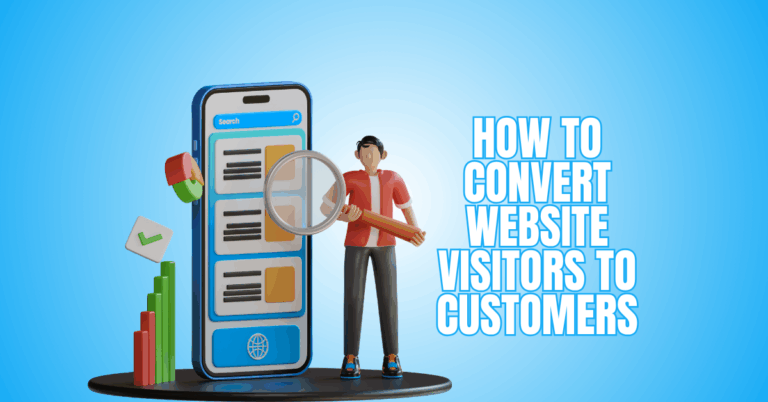Best Tips To Optimize eCommerce Websites For SEO
A good online presence is essential for the success of any e-commerce business in today's cutthroat digital environment.
Search Engine Optimization (SEO) is necessary for increasing the visibility of your e-commerce website in search engine results pages (SERPs) and generating organic traffic.
It is crucial to successfully optimize eCommerce websites for SEO if you want them to stand out among rival websites.
You can raise the rankings of your website, draw in more qualified visitors, and increase the likelihood that they will become devoted customers by implementing SEO tactics.
This article looks at some of the best SEO-friendly eCommerce website optimization strategies. These suggestions can help you increase your website's exposure, attract more organic visitors, and eventually increase your success with e-commerce.
They cover everything from keyword research and on-page optimization to site structure and user experience.
So let us dig into the world of SEO and learn the essential tactics to enhance your eCommerce websites and find long-term success in the always-changing online industry.
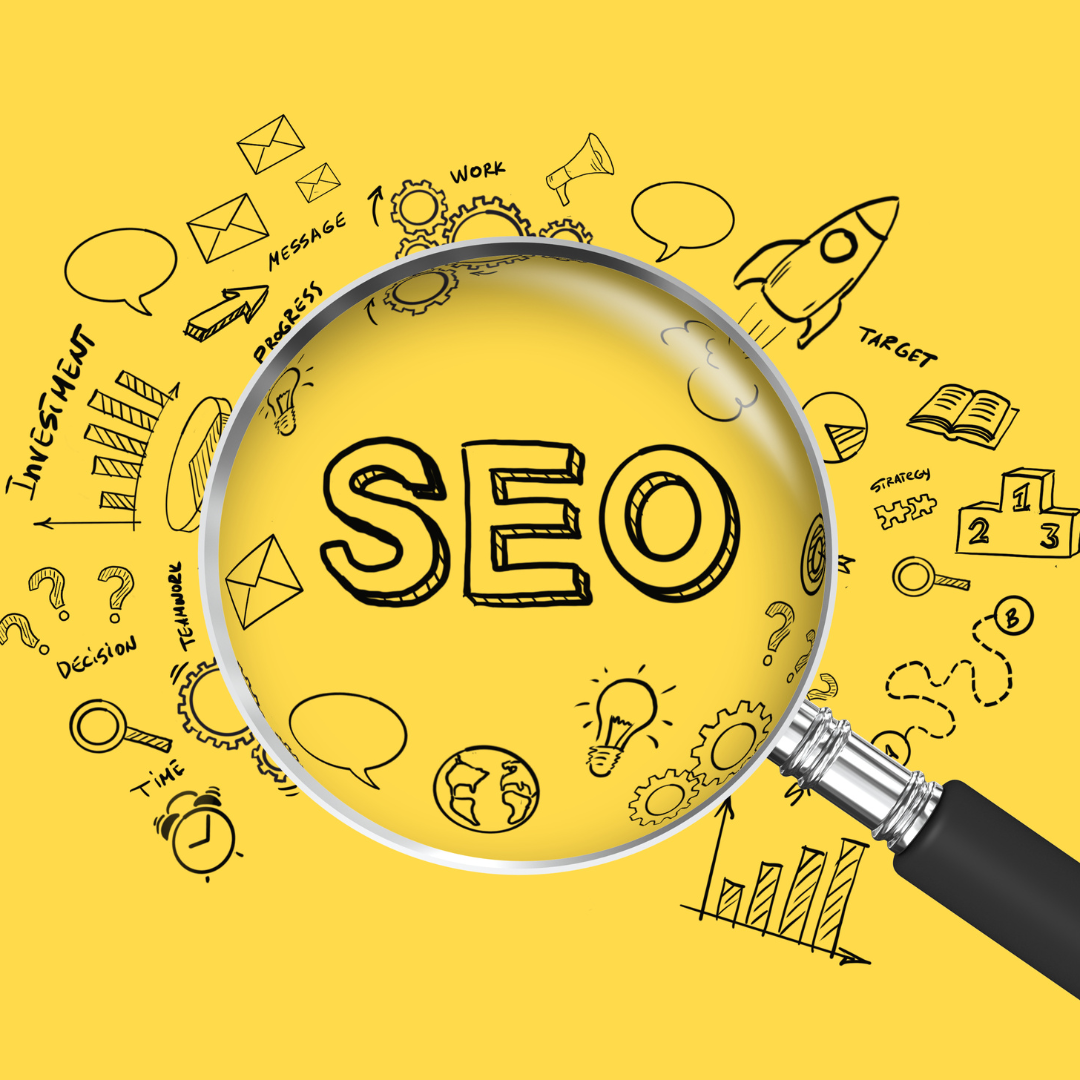
The Benefits of eCommerce SEO Optimization
Numerous advantages that help your online business grow and succeed can be obtained from optimizing your e-commerce website for SEO. Here are a few of the main benefits:
1. Boosted Organic Traffic
SEO makes your website more visible in search engine results, boosting organic traffic. You can attract more qualified visitors actively looking for your goods or services by placing higher for pertinent keywords.
2. Improved User Experience
SEO optimization includes changing your website's performance, mobile friendliness, and navigation. These improvements benefit search engines and your visitors, who will be more engaged, stay on your site longer, and convert at higher rates.
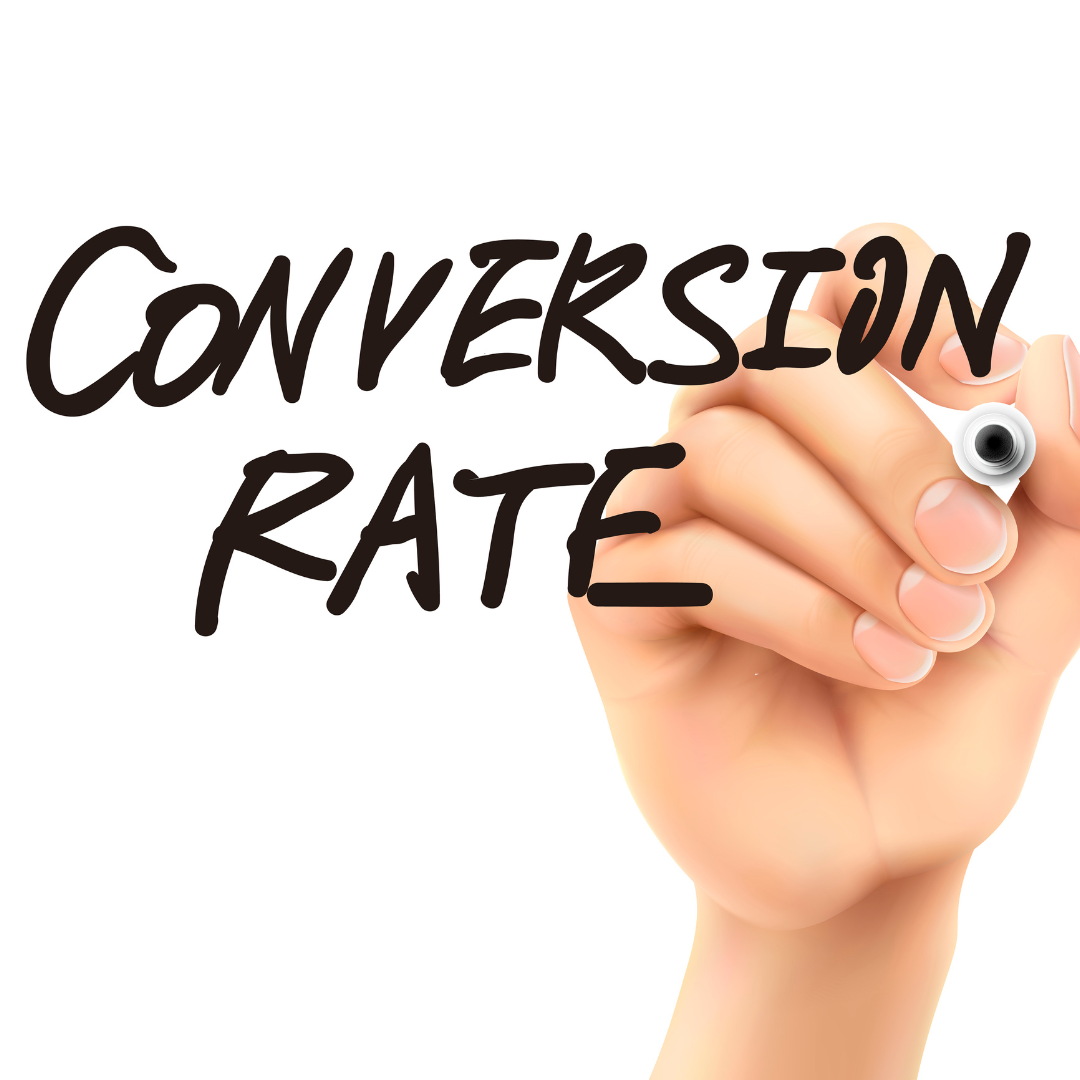
3. Higher Conversion Rates
Targeting specific keywords that match the intent of your target audience is frequently a part of SEO optimization for e-commerce websites.
This indicates a higher likelihood that search engine traffic will pay clients. Your website draws people actively looking for the goods or services you provide when it shows in relevant search results, which increases the likelihood that they will convert.
4. Cost-Effective Marketing
SEO is a cost-effective marketing tactic over the long haul. Even if it takes time and work, the effects could be long-lasting.
In contrast to paid advertising, where you must continually spend money on ads to stay visible, SEO helps create organic traffic without recurring costs. You can obtain sustained results on your website by constantly optimizing it.

5. Brand Visibility And Authority
An optimized e-commerce website usually ranks higher in search engine results, increasing its visibility to more people. Increased traffic and increased visibility also promote brand awareness and credibility.
Users are more likely to recognize your brand as a responsible authority in your sector if your website constantly shows up in search results.
6. Sustainability Over The Long Term
SEO is a long-term tactic that creates a strong foundation for your online business. In contrast to other marketing strategies, which may produce quick but fleeting effects, SEO offers a long-term method for increasing your website's visibility and generating organic traffic.
You may keep and even increase your search rankings by regularly improving your e-commerce website, assuring long-term success.

7. Targeted Traffic
SEO enables you to focus on particular keywords and adjust the optimization of your website. This implies you can drive very focused and relevant traffic to your e-commerce site.
You boost your chances of drawing visitors more likely to purchase, matching your content and product offerings with your audience's search intent.
8. Competitive Advantage
SEO techniques will give you an advantage in the e-commerce sector. You stand a better chance of gaining new clients if your website ranks higher than your rivals for pertinent keywords.
You may outperform your opponents and take on a bigger market by improving your website's content, meta tags, and other components.
9. Improved Site Crawlability
SEO optimization entails optimizing your website's technical components, including site structure, XML sitemaps, and internal linking.
These adjustments make it simpler for search engine crawlers to access and index your website, ensuring that your web pages are correctly found and shown in search results. The visibility and indexability of your website are both improved by improved crawlability.

10. Improved Mobile Experience
Optimizing your e-commerce website for mobile customers is essential as mobile devices become more popular.
As a crucial component of SEO, mobile optimization includes developing a responsive design, enhancing page load times, and enhancing the entire mobile user experience.
You may reach a wider audience and profit from the expanding mobile commerce trend by offering services to mobile customers.
In summary, there are several advantages to optimizing your e-commerce website for SEO, including increased site authority, higher user interaction, increased local and global visibility, measurable outcomes, and potential for ongoing growth.
Higher rankings, more organic traffic, and better conversion rates may all be obtained by investing in SEO for your e-commerce firm, setting it up for long-term success.

Tips To Optimize eCommerce Websites For SEO
If people can't discover you when they search online, having a beautifully designed website with the best products at great rates is nothing. And the better it is for you, the higher your ranking.
Your page will receive ten times more clicks if it ranks first than if it ranks tenth for a particular keyword. Additionally, the average click-through rate for websites on Google's second page is less than 1%. Your SEO efforts will be helpful in this situation.
You are more likely to be found if you rank higher in search results. Your chances of making sales increase with increased traffic. Here are some tips to optimize your e-commerce website:

1. Conduct Comprehensive Keyword Research
When optimizing your e-commerce website for SEO, thorough keyword research is crucial. Start by identifying pertinent keywords and search terms that members of your target market will probably use to find goods and services like yours.
Consider the phrases or expressions your customers would use to find your products by placing yourself in their shoes.
Want to Start Making Money Online?
Try My #1 Recommendation Program!
Using keyword research tools like Google Keyword Planner, SEMrush, Ahrefs, or Moz Keyword Explorer will help you find high-volume, low-competition phrases.
The information on search traffic, keyword difficulty, and related keywords that these tools offer is highly significant.
A suitable balance between search volume (how frequently a phrase is searched) and competition (how many other websites are pursuing that keyword) should be found in your keyword research.
Long-tail keywords should be used, which are longer and more precise keyword phrases. Long-tail keywords can help you acquire more relevant traffic because they frequently have less competition.
For instance, instead of focusing on the general term “shoes,” you may concentrate on a long-tail keyword like “women's running shoes for flat feet.”
List the pertinent search terms you come across while doing your study. Depending on the goods or services you provide, group them into categories or topics.
Organizing your keyword targeting strategy will make it easier for you to optimize the various sections of your e-commerce website appropriately.

2. Optimize Your Website's On-Page Elements
Improving the on-page components of your website is essential for enhancing its SEO performance. The first step in optimizing page titles is summarizing each page's content correctly and succinctly while including pertinent keywords.
Create interesting and clickable titles to persuade consumers to visit your website when it appears in search results.
Next, ensure your meta descriptions—the summaries beneath page titles in search results—are optimized. Create compelling meta descriptions that are one of a kind, accurately summarize the page's content, and emphasize the page's value to potential visitors. Natural keyword insertion is preferred over keyword cramming.
Want to Find Out How To Start Your Home-Based Business?
Try My #1 Recommendation Platform!
H1, H2, and other header tags are essential for organizing your webpage's content and indicating its hierarchy to search engines. Include your major term in the H1 tags used for the main page title.
To help visitors and search engines comprehend the structure and main topics of the page, use H2, H3, and subsequent header tags to divide the material into parts and subheadings.
Ensure your website's URL structures are clear, informative, and full of keywords. Keep the URL short and simple by using hyphens to separate words.
For instance, to give search engines and users simple information, use
- “www.example.com/product-name” or “www.example.com/category/product-name.”
- Instead of a complicated URL like “www.example.com/p=12345”.
Include your goal keywords naturally throughout the text on your website. But be careful not to overuse or artificially pack keywords into your content, as this can hurt your SEO efforts.
Put your energy into producing high-quality, educational, and engaging content that meets the demands of your audience and seamlessly integrates keywords.
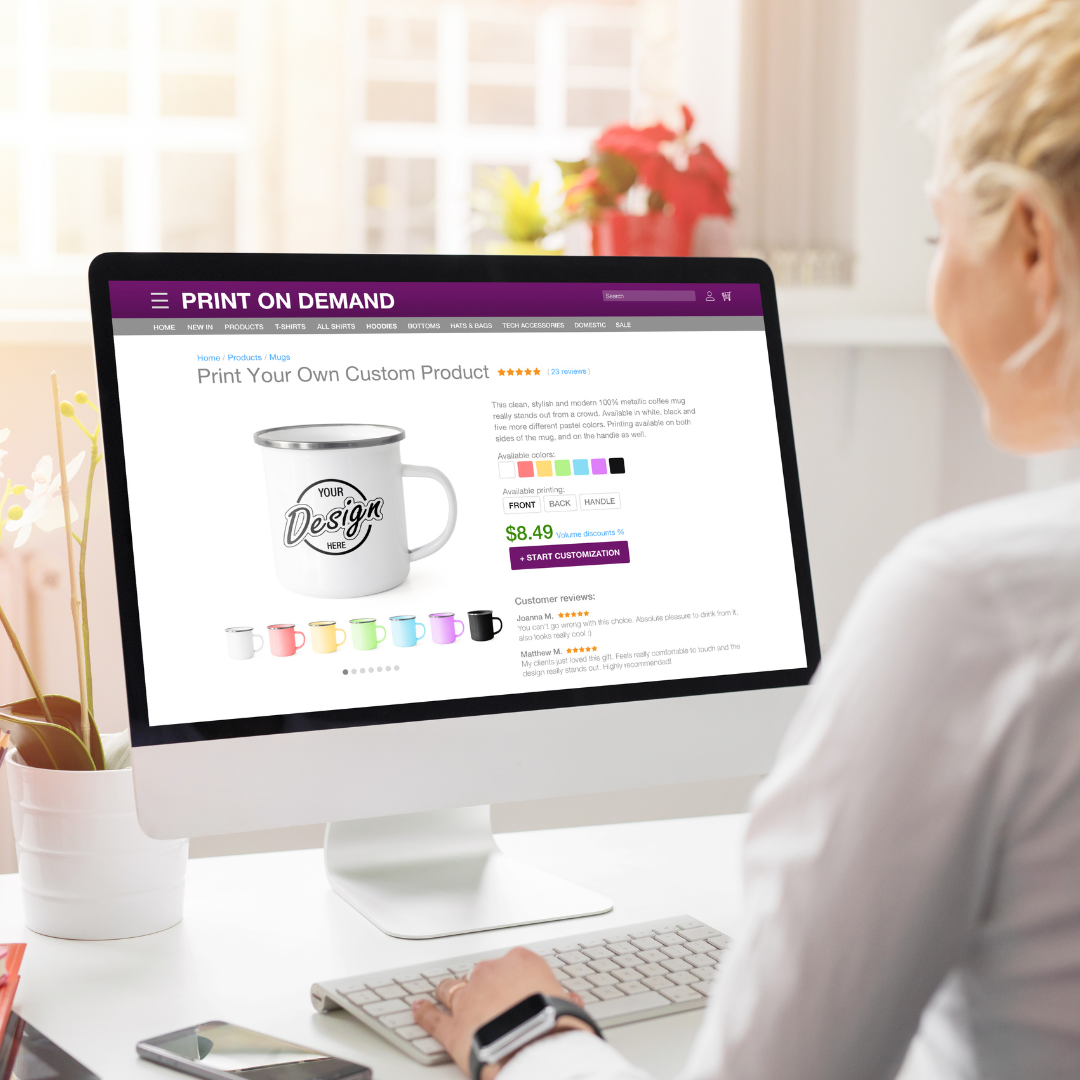
3. Create Unique And Engaging Product Descriptions
To improve the customer experience and the SEO of your e-commerce website, you must write original and compelling product descriptions.
A generic manufacturer description frequently seen on other websites should not be used. Instead, put some time and attention into creating intriguing product descriptions highlighting each product's features, advantages, and distinctive selling factors.
Conduct keyword research to find relevant keywords and phrases that potential buyers might use to search for your items.
Include these keywords organically in your product descriptions, but emphasize offering helpful and educational material. Concentrate on addressing your intended audience's wants, needs, and concerns.
Are You Tired Of Scams?
Want to Start Making Money Online?
Storytelling strategies, descriptive language, and appealing to your customers' emotions will help you write intriguing product descriptions.
Emphasize the special qualities, advantages, and value that your product provides. Use bullet points, subheadings, and layout to make the text scannable and straightforward to read.
Think about including testimonials and reviews from customers in the product descriptions. Potential clients may feel trusted and confident after reading favourable evaluations, which may motivate them to buy.
User-generated material can also offer insightful opinions on the effectiveness and calibre of the product.

4. Optimize Your Website's Load Speed
Increasing the speed at which your website loads is essential for SEO and a good user experience. Websites that take a long time to load irritate visitors and lower search engine results.
Use the following tactics to optimize the speed at which your website loads: Reduce file sizes by optimizing and compressing your website's pictures, CSS, and JavaScript files.
Utilize practical file formats and eliminate extraneous code or components that could make files bigger. The amount of time it takes the browser to download and render the material is decreased by smaller file sizes.
Utilize browser caching: Create rules to tell the user's browser where to save specific files. You can reduce the volume of server requests by caching static resources like pictures, CSS, and JavaScript files.
Lower the number of submissions made to the server and speed up page loads for repeat users by caching static resources like pictures, CSS, and JavaScript files. Use content delivery networks (CDNs) to spread the files on your website across several servers in different countries.
Want To Learn How To Create Your Own Website And Online Business?
Try My #1 Recommendation Training And Hosting Platform!
The files for your website are sent to users from the server closest to their location when they access it. For users who are remote from the hosting server for your website, this decreases latency and speeds up loading times.
Ensure your web hosting server is quick and responsive to improve server response times. Select a trustworthy hosting company that provides dependable and powerful servers.
To reduce the time it takes the server to process requests and deliver results, optimize your server settings, database queries, and code.

5. Implement A Mobile-Friendly Design
Every e-commerce website needs a mobile-friendly design in the modern digital world. Given that most internet users access the web through mobile devices, providing a smooth and optimal experience across different screen sizes is imperative.
A website is said to have a mobile-friendly design if it is responsive and flexible enough to support various mobile devices, such as smartphones and tablets.
A website optimized for mobile devices ensures that all content—including photos, text, and navigation—is properly displayed and usable.
It provides a user-friendly interface and does not require users to scroll or zoom in horizontally. Using a mobile-friendly design, you may improve user experience, raise engagement, and boost your chances of turning visitors into buyers.
Additionally, mobile friendliness affects search engine optimization (SEO) and aesthetics. E-commerce companies need to optimize their websites for mobile devices because Google's mobile-first indexing gives preference to mobile-friendly websites in search results.
A mobile-friendly design can greatly impact your website's visibility and organic traffic because Google now uses the mobile version of a website for indexing and ranking purposes.
Use responsive web design strategies to create a user-friendly design on mobile devices. With responsive design, you can be sure that your website will alter its content and layout to fit the user's device and deliver the best possible experience on all screen sizes.
Flexible grids, CSS media queries, and scalable images that dynamically resize and reposition themselves can all be used.

6. Optimize Your Images
Creating an effective e-commerce website requires image optimization. Your website's presence in image search results, accessibility, and overall site performance can all be improved by optimizing your product photos.
Use descriptive file names that appropriately reflect the image's content as the first step in optimizing your images.
Use customized names that contain pertinent terms relating to the product or its qualities rather than generic names like “image1.jpg.”
This increases the likelihood that your photographs will appear in relevant search results as well as aiding search engines in understanding the image.
Including alt tags (alternative text) with your photographs is equally crucial. For visually impaired users who rely on screen readers or have pictures disabled, alt tags provide written descriptions of images.
Ensure the alt tags are brief, descriptive, and appropriate for the idea, adding keywords naturally as necessary.
Another fundamental optimization approach is image compression. Large picture file sizes might negatively impact user experience, causing your website to load slowly.
Use image compression plugins or programs that shrink the file size while preserving the visual quality to balance the image's quality and size.
Compressed images help web pages load more quickly, which is essential for mobile users with sluggish internet connections.

7. Leverage User Reviews And Ratings
A potent tactic to boost the credibility of your e-commerce website and increase customer interaction is to use user reviews and ratings.
Encourage customers to rate and review your goods to generate social proof to persuade more people to purchase from you and increase your brand's credibility.
Reviews and other user-generated material provide insightful information and first-hand accounts that can help other consumers make wise judgments about what to buy.
Rave reviews and high ratings, which act as recommendations for your products, can significantly impact conversion rates.
On the other hand, unfavourable comments might give you insightful advice and a chance to fix any problems and enhance your goods and services.
User-generated reviews contribute to the value of new, pertinent, and original content that search engines place on websites.
Search engines can comprehend and provide review snippets in search results using structured data markups, such as schema.org or JSON-LD.
These review snippets improve the visual appeal of your listing and raise click-through rates, increasing natural search traffic to your website.
Make the process as easy and frictionless as possible to entice clients to give evaluations and ratings. After a customer makes a purchase, send them a follow-up email asking for comments and outlining the review process.
Consider providing incentives like discounts or loyalty points to encourage customers to post reviews. Prominently display existing reviews on your product pages to entice additional studies.
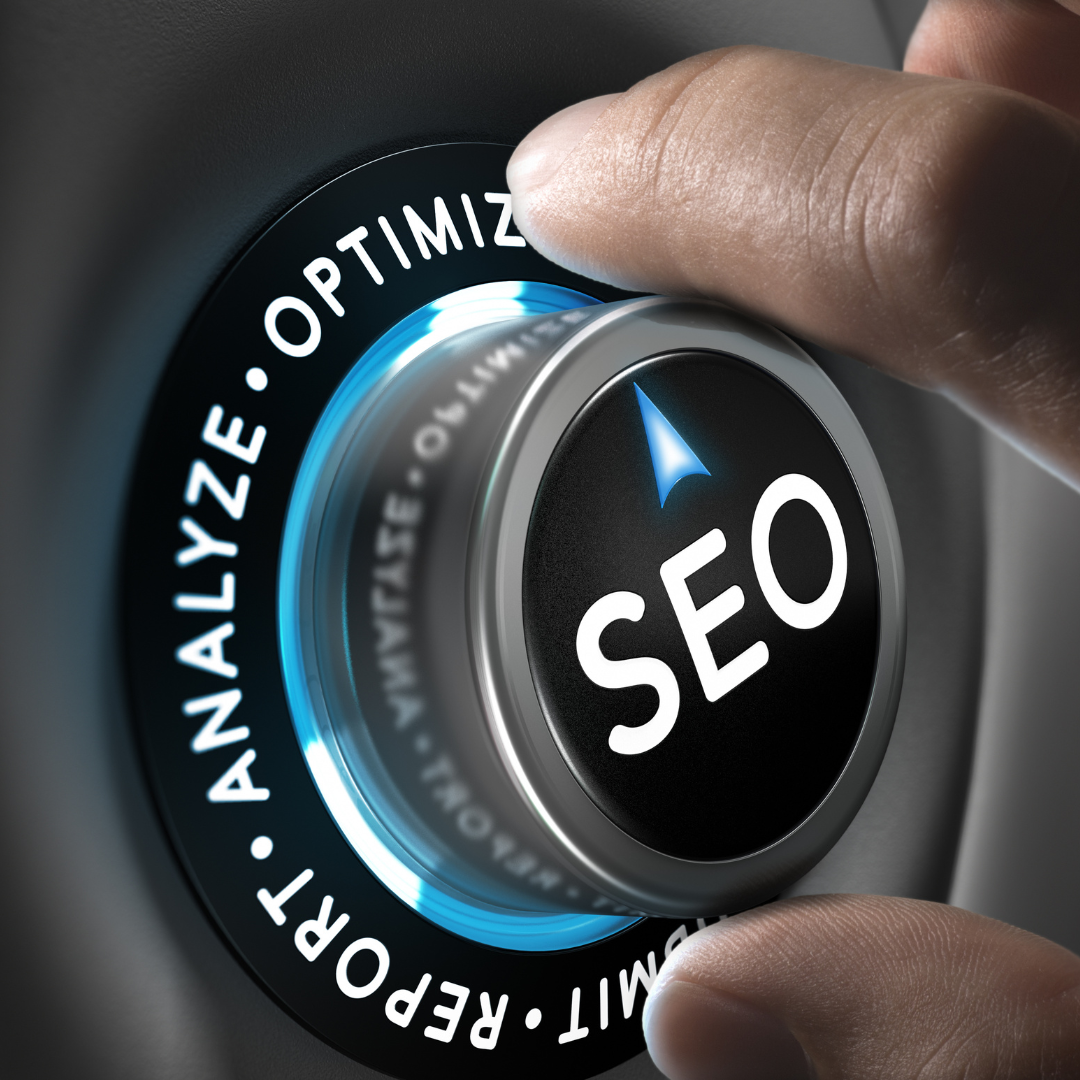
Conclusion
In conclusion, SEO-optimizing your e-commerce website is essential for boosting search engine ranks, increasing organic traffic, and raising your online presence.
These tactics not only strengthen the user experience on your website and its exposure in search engine results but also raise engagement levels, boost conversion rates, and increase customer happiness.
Always keep an eye on the performance of your website, study the data to inform your decisions, and stay current with the newest SEO trends and algorithms.
By investing time and energy into your e-commerce website's SEO optimization, you may acquire a competitive edge in the online market, draw in more qualified traffic, and eventually fuel the expansion of your e-commerce company.
I trust you enjoyed this article about the Best Tips To Optimize eCommerce Websites For SEO. Please stay tuned for more articles. Take care!
JeannetteZ
Want to Learn How to Build Your Own Home-Based Online Business And Start Making Money Online From Your Comfortable Couch?
Try Wealthy Affiliate!
Your Opinion Is Important To Me
Do you have thoughts, ideas, or questions? I would love to hear from you. Please share your questions, experiences, remarks, and suggestions about Best Tips To Optimize eCommerce Websites For SEO in the comments below. You can also email me at Jeannette@WorkFromAnywhereInTheWorld.com.
Disclosure
This post may contain affiliate links. I earn from qualifying purchases as an Amazon Associate and through other affiliate programs. Please read my full affiliate disclosure.
You may also enjoy the following articles:
Wealthy Affiliate Coupons For Premium Memberships
Wealthy Affiliate Review – Scam or Legit? The Truth Exposed
An Insider Wealthy Affiliate Review
Best Social Media Strategy For eCommerce Success
Best Strategies For eCommerce Sellers

